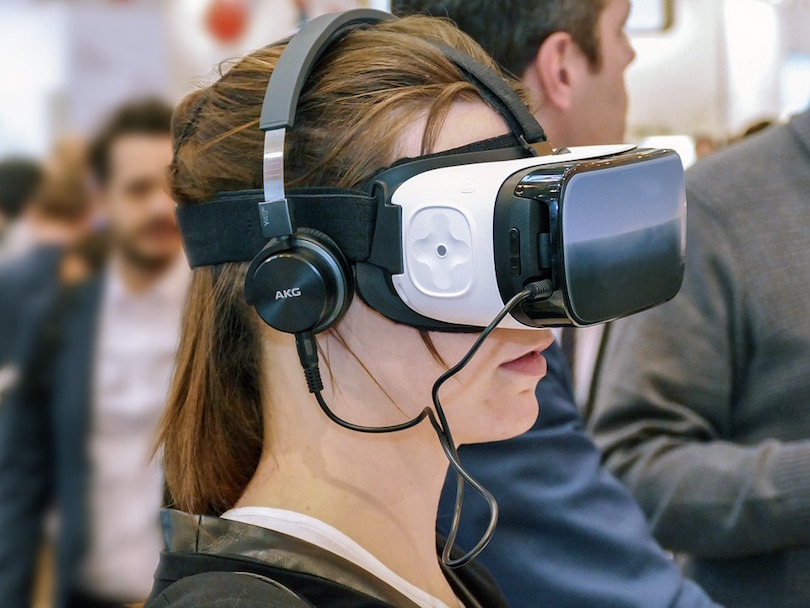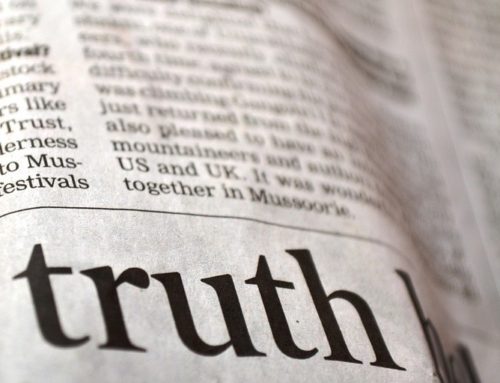When The Guardian’s news and media team unveiled a new virtual reality arm, we initially did a double take. Is it really necessary to devote a whole team of journalists to what might seem like a niche theme?
However, when you consider the meteoric rise of digital journalism and indeed the potential added value that virtual reality-driven content can bring to online storytelling, it is not surprising that the media group has made this investment.
As The Guardian’s executive editor of virtual reality, Francesca Panetta, said: “Virtual reality and interactive content offers an extra dimension to storytelling in journalism and we’re thrilled to have been able to create a team that is truly dedicated to projects of this nature.”
A new reality in journalism
The Guardian’s dedicated Virtual Reality page is already brimming with content. For example, there is a piece examining a new project that enables people to use VR to experience life as a cow destined for market or a coral on a dying reef, to increase people’s awareness of environmental issues.
Believe it or not, the media powerhouse isn’t the first of its kind to embrace the powers of so-called VR. In mid-September, Time Inc. launched an initiative called Life VR, which will increase its virtual reality journalism program. Life VR will feature many different 360-degree video pieces but it also hopes to branch out into delivering interactive experiences too. It represents an exciting new future for the already iconic Life magazine which currently exists as a photo-focused section of Time magazine online.
Brands go VR
On October 4, 2016, Google unveiled its very first Daydream VR headset. Daydream is described as a platform for high quality mobile virtual reality that brings people’s favourite apps to virtual reality. There has also been an explosion recently in the number of brands investing in VR-driven products and experiences for consumers.
For Christmas 2015, Coca-Cola created a virtual reality sleigh ride which enabled people in Poland to experience the world of Santa for the day. McDonalds is doing a trial run in Sweden of giving Google Cardboard VR headsets as Happy Meal toys.
As PR practitioners we are keeping on the pulse of this exploding trend and will advise on how VR can potentially be used within our client’s campaigns. It certainly poses exciting possibilities as there is possibly no better way to immerse and engage a consumer…
Image sourced from Pixabay



